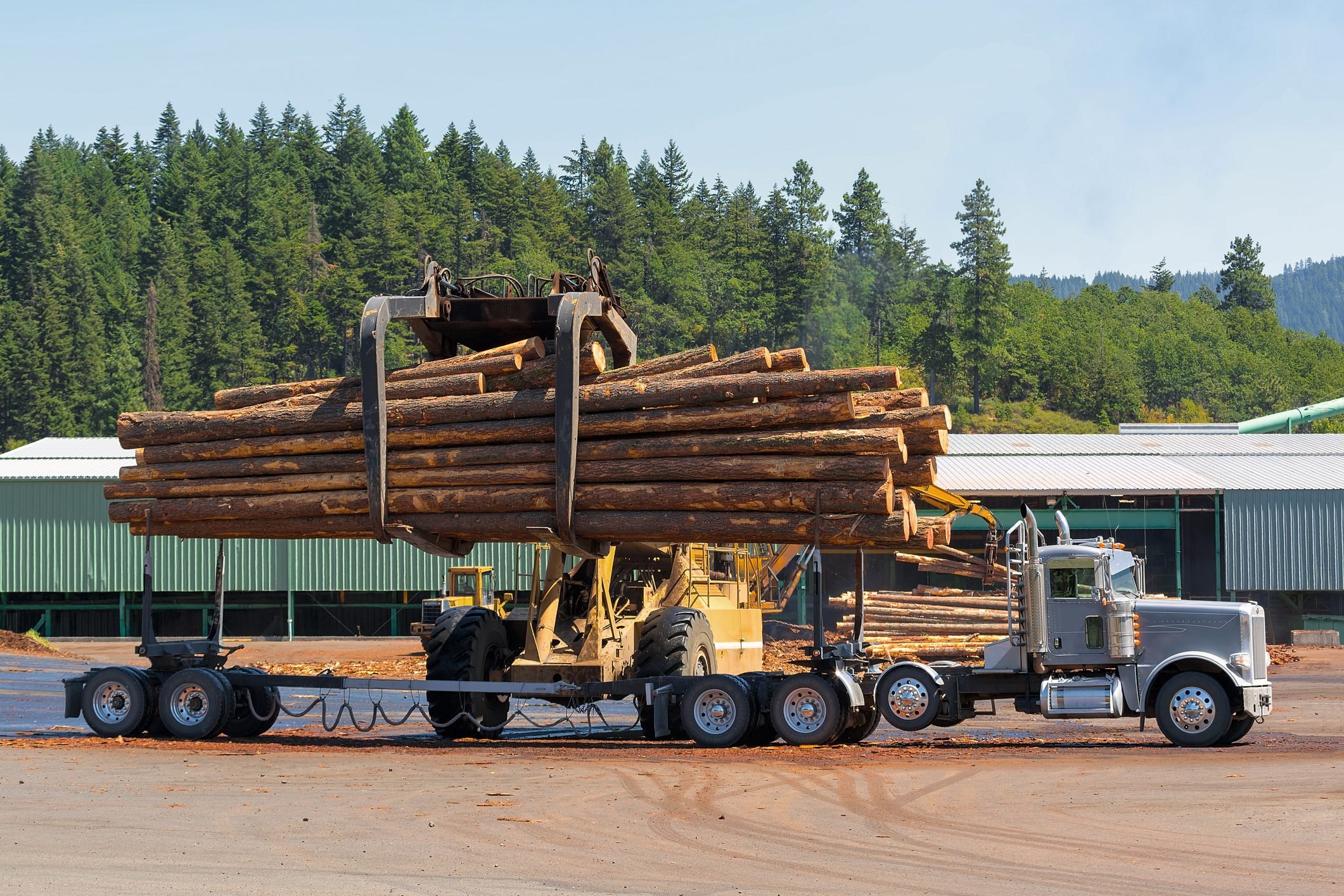Trees aren't always a renewable resource. From certifications to retailers, here's what to know about buying sustainable wood for your next project.

What Is Sustainable Wood? Everything You Need to Know

Whenever I come across an old 2×4 I’m in awe. Older wood is easy to spot: the rings are more densely spaced and it’s heftier than the lumber we buy today because much of it was cut from virgin and old-growth forests.
Using that wood has created a lot of problems, though. Much of it has been (and still is being) cut down faster than it can regrow. Ecologically speaking, harvesting virgin forests does a lot of damage — not just to the creatures and birds who live in them but to humans, too.
“Forests provide habitat for animals and plants, clean and regulate the water system, regulate the climate, provide recreational opportunities to people, and provide wood and non-timber products we can harvest,” says Frederik Laleicke, a wood products extension specialist at North Carolina State University. “Some forests are protected sites for Indigenous people and others are the main source of income for local communities. There is so much more in a forest than just the wood!”
Because forests are more than the sum of their trees, old forests can’t just be regrown, at least not in our grandchildren’s lifetimes. They take centuries or more to mature. And that’s why buying sustainable lumber from responsibly managed forests is essential.
“If there’s an opportunity to take the extra step and use sustainable wood, it is even better for our environment and communities,” says Laleicke. “We must ensure that the forest stays intact as much as possible so it can continue to provide.”
To help with that, here’s how to find sustainable wood for your next project.
On This Page
What Is Sustainable Wood?
Sustainable wood is lumber from responsibly managed forests that are tended with respect for environmental and community needs.
“Done right, forest management can provide a perpetual supply of timber while maintaining the integrity of forest ecosystems,” says Jason Grant, Manager of Corporate Engagement for Forests at World Wildlife Fund. “Also, forests that are managed have value for local people and are therefore less likely to be cleared for other land uses such as agriculture and development.”
Sustainable Wood Certifications
Sustainable wood is typically certified, with a logo stamped or printed onto the product or packaging. The two most common certifications are:
- FSC (Forest Stewardship Council)
- SFI (Sustainable Forestry Initiative)
These certifications include how the forests are managed and track the chain of custody— from when the wood is chopped down to when it gets turned into a product.
Where To Find Sustainable Wood
Most building materials stores offer sustainable wood. You can also use FSC’s online search tool to find local suppliers.
“Sustainable wood isn’t rare anymore,” says Laleicke. “Most major lumber companies produce it. It might take a few phone calls to suppliers and sawmills to find the right product, but it’s worth it to know that a new forest is already growing where the wood for our house came from.”
How To Tell if Wood Is Sustainable
Outside of FSC and SFI certifications, there is no sure way to tell if the wood is sustainable unless you happen to know the forest source or are willing to trust the assurances of the seller. “Because FSC has the strongest environmental and social standards, WWF recommends that people ask for FSC-certified wood,” says Grant.
What Type of Wood Is Most Sustainable?
Endangered tree species aside (which consumers have little chance of encountering), “There is no such thing as good or bad wood,” says Grant. “In other words, the type of wood or lumber doesn’t matter, but rather the forest practices that stand behind it.”
Beyond that, Laleicke recommends buying a species that grows in your area, from a local sawmill. “This is very similar to purchasing locally produced food items,” he says. “The purchase will benefit local businesses and support sustainable forest management in the area. Finding the right type of wood for a project can take time, but this is what makes the outcome outstanding.”
Is Sustainable Wood Expensive?
Not really. FSC-certified products are often 5 to 10% more expensive—though not always.
The higher cost comes from the extra effort sustainability requires, from growing and harvesting the tree to milling and processing it. “Certification is very stringent and requires a lot of additional documentation,” Laleicke says.
About the Experts
Frederik Laleicke is an assistant professor and wood products extension specialist at NC State University. He also teaches workshops about the processing of wood, and regularly visits sawmills and wood products companies in North Carolina and beyond.
Jason Grant is World Wildlife Fund‘s manager of corporate engagement for forests, through which he helps businesses with responsible wood sourcing practices, forest restoration and combating illegal logging. WWF also recently launched a wood risk tool, which give insights on whether a wood species or location of origin makes it particularly prone to being not sustainable.



















